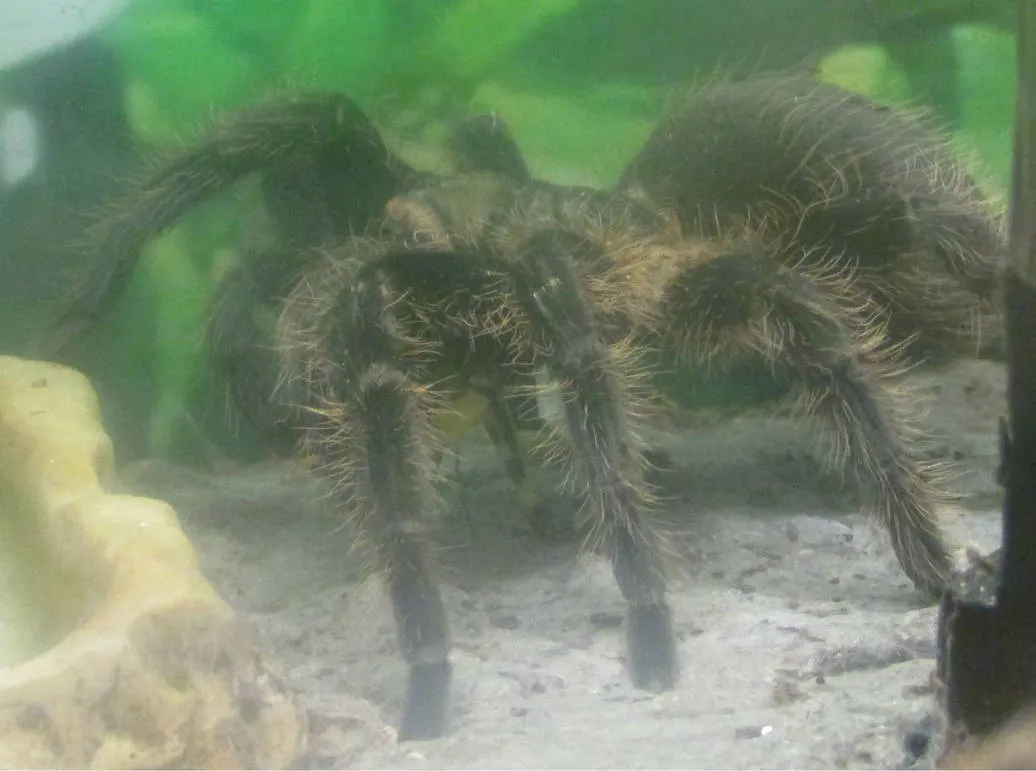What is the Honduran Curly Hair Tarantula?
The Honduran Curly Hair Tarantula (Tliltocatl albopilosus) is a popular pet tarantula, celebrated for its docile temperament, striking appearance, and manageable care requirements. Native to the tropical forests of Central America, particularly Honduras, this species is well-suited to life in captivity, making it a favorite among both novice and experienced arachnid enthusiasts. These tarantulas get their name from the characteristic ‘curly’ hairs that cover their body, giving them a unique and appealing aesthetic. Understanding the basics of their biology and needs is the first step in ensuring their healthy growth and well-being. Their relatively slow growth rate compared to some other species adds to their appeal as pets, as it means they don’t quickly outgrow their enclosures.
Appearance and Characteristics of the Honduran Curly Hair Tarantula
The Honduran Curly Hair Tarantula presents a captivating appearance. Their body is typically a dark brown or black color, offset by the characteristic light-colored, curly hairs that cover their carapace, legs, and abdomen. These hairs not only contribute to their unique look but also play a role in their defense mechanism, acting as a minor irritant if disturbed. Adult females can reach a leg span of up to 6 inches, while males are generally slightly smaller. These tarantulas also have chelicerae, which are the mouthparts used for biting and injecting venom. Their overall appearance is robust and well-suited for their terrestrial lifestyle. Their longevity is also notable, with females living for up to 10 years or more in captivity, whereas males tend to have a shorter lifespan, typically around 3 to 5 years after reaching maturity. This makes them a long-term commitment for any pet owner.
Understanding Tarantula Growth
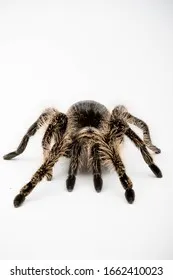
Tarantulas grow through a process called molting, shedding their exoskeleton to accommodate their increasing size. Unlike mammals, which grow continuously, tarantulas must shed their hard outer shell to grow. This is a vulnerable period for the tarantula, as their new exoskeleton is soft and susceptible to injury. The frequency of molting decreases as the tarantula matures. Younger tarantulas molt more frequently, sometimes every few months, while adults may only molt once a year or even less. Understanding this process is crucial for providing proper care, as it influences their dietary needs, enclosure conditions, and overall well-being. Proper care during molting ensures the tarantula can successfully shed its old exoskeleton and continue to grow and thrive. Observing a tarantula before, during, and after a molt gives valuable insight into its health and growth.
Factors Influencing Growth Rate
Several factors affect the growth rate of a Honduran Curly Hair Tarantula. Providing optimal conditions is essential for a healthy and growing tarantula. These factors include temperature, humidity, feeding habits, enclosure size, genetics, and the molting process. Monitoring these factors and adjusting them as needed can greatly affect how quickly a tarantula grows and develops. A well-cared-for tarantula will have a higher chance of reaching its full potential size and living a long, healthy life. Paying attention to all aspects of their care contributes to a pet tarantula’s overall wellbeing and aids in the growth rate.
1. Temperature
Maintaining the correct temperature is crucial for a tarantula’s metabolism and, consequently, its growth rate. Honduran Curly Hair Tarantulas thrive in temperatures between 75°F and 85°F (24°C and 29°C). Providing a heat source, such as a low-wattage heat lamp or a heat mat, can help maintain these temperatures. However, it’s important to avoid overheating, which can be fatal. A thermometer should always be used to monitor the temperature within the enclosure. Fluctuations in temperature should be kept to a minimum. The right temperature helps them digest food properly and molt successfully. Any temperature swings could impact their eating behavior and growth rate.
2. Humidity
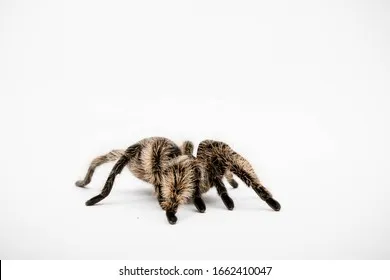
Humidity levels are just as important as temperature. These tarantulas require a moderate humidity level of around 65%-75% to facilitate molting. Too low humidity can make it difficult for them to shed their exoskeletons, while excessively high humidity can lead to mold and other health issues. Monitoring humidity levels with a hygrometer is essential. You can maintain proper humidity by misting the enclosure regularly or by providing a water dish large enough for the tarantula to drink from. Proper ventilation is also necessary to prevent the build-up of excess moisture and potential respiratory problems. Providing the right level of humidity helps with the molting cycle and ensures a healthy growth rate.
3. Feeding Habits
A balanced diet is crucial for growth. Honduran Curly Hair Tarantulas are voracious eaters and should be fed a variety of insects, such as crickets, roaches, and mealworms. The frequency of feeding should be adjusted based on the tarantula’s size and age. Spiderlings should be fed more frequently than adults, typically every other day or every day. Adults can be fed once or twice a week. Overfeeding is also a concern, as it can lead to obesity and health problems. Always remove any uneaten food within 24 hours to prevent the build-up of mold or mites. The amount of food offered should be adjusted to maintain a healthy weight. A well-fed tarantula will grow faster and have more energy.
4. Size of Enclosure
The size of the enclosure plays a significant role in the tarantula’s well-being and can indirectly affect its growth. A tarantula needs enough space to move around and hunt. The enclosure should be appropriately sized for the tarantula’s size. A juvenile tarantula can start in a smaller enclosure and be moved to a larger one as it grows. A properly sized enclosure will promote healthy development and allow the tarantula to thrive. Ensure the enclosure provides enough floor space for movement and a substrate that allows for burrowing. An overly small enclosure can stress the tarantula and stunt its growth, while an enclosure that is too large can make it more difficult for the tarantula to find food.
5. Genetics and Individual Variation
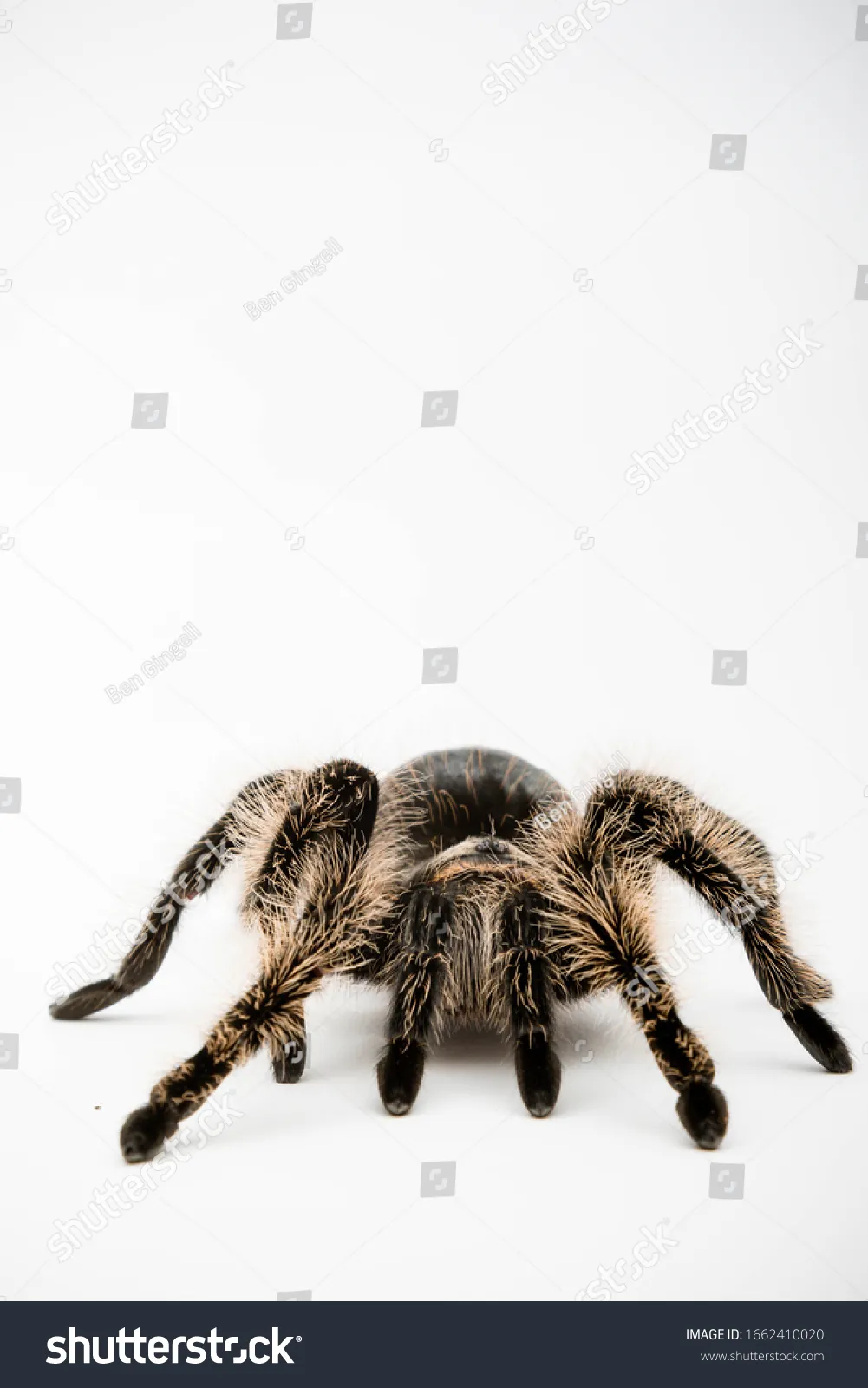
Genetics and individual variation also influence the growth rate of Honduran Curly Hair Tarantulas. Just like humans, some tarantulas simply grow faster than others. The genetic makeup of the individual spider will affect how quickly it develops and how large it will eventually become. Factors such as the tarantula’s lineage and overall health can also impact its growth trajectory. Some tarantulas will reach maturity faster than others, even when provided with the same care. There is a natural variation in size and growth rates. Even when you provide optimum care, you may see some differences between individual tarantulas.
6. Molting Process
Molting is the key to growth, and the frequency of molting decreases as the tarantula ages. During a molt, the tarantula sheds its exoskeleton, including its outer cuticle, the lining of its gut, and even the linings of its book lungs. This process can take several hours or even days, depending on the size and age of the tarantula. Providing a safe, undisturbed environment during molting is essential. A healthy tarantula will emerge from a molt with a new, larger exoskeleton, ready to grow again. Never disturb a tarantula during a molt. Avoid feeding it until the new exoskeleton has hardened. Molting is a vulnerable time for the tarantula; providing the right conditions is key to its success.
7. Dietary Needs for Optimal Growth
A varied diet is crucial for healthy growth. Feeding a variety of insects ensures the tarantula receives all the necessary nutrients. Crickets, roaches, and mealworms are all good options, but avoid feeding wild-caught insects, as they may carry parasites or pesticides. The size of the prey should be appropriate for the tarantula’s size. It is important to gut-load the insects before feeding them to the tarantula. This means feeding the insects nutritious food, such as vegetables and commercial insect food, to ensure they provide the tarantula with essential vitamins and minerals. Supplementing the diet with calcium and vitamins can also be beneficial, particularly for juveniles and rapidly growing tarantulas. A well-rounded diet helps build a strong, healthy tarantula and supports optimal growth.
Molting Frequency and Growth Stages
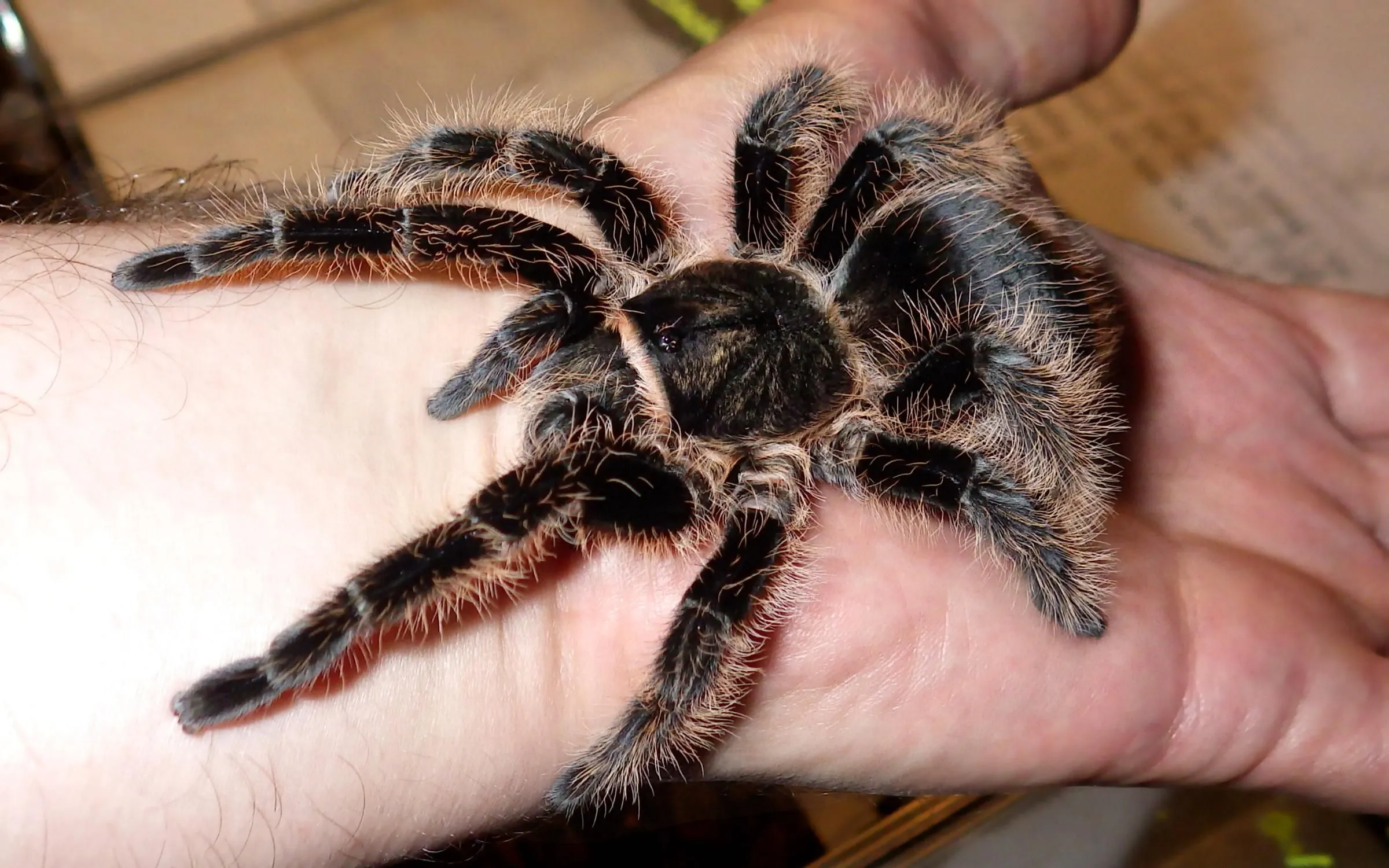
The frequency of molting is a good indicator of growth stages. Spiderlings, or baby tarantulas, molt frequently, sometimes every few weeks or months. As they mature, the frequency of molting decreases. Juvenile tarantulas will molt less often, perhaps every few months. Adult tarantulas molt even less frequently, often only once a year or even less. The time between molts is when the tarantula grows. The amount of growth achieved during each molt varies depending on factors such as the tarantula’s age, diet, and environmental conditions. Keeping track of molting frequency can help gauge the tarantula’s health and growth progress. Any drastic changes in molting frequency could be a sign of a problem.
How to Monitor and Support Growth
Regularly monitoring your tarantula’s growth involves careful observation and record-keeping. Keep track of when the tarantula molts and note any changes in its behavior or appearance. Weighing the tarantula (if possible) and measuring its leg span can provide objective data on its growth. Ensuring the enclosure provides all the necessary factors is key to supporting growth. Providing the right temperature, humidity, and diet helps the tarantula thrive. Avoid any unnecessary disturbances or stressors, particularly during molting. Promptly addressing any signs of illness or discomfort is also essential. Providing a stimulating environment where it can hunt will help its development. If you notice any issues, consult with an experienced tarantula keeper or a veterinarian specializing in exotic animals.
Common Issues Affecting Growth
Several issues can hinder the growth of a Honduran Curly Hair Tarantula. Inadequate temperature or humidity can disrupt molting and slow growth. Poor diet, including a lack of variety or nutritional deficiencies, can also have a negative impact. Stress from improper handling, loud noises, or an unsuitable enclosure can also affect growth. Diseases and parasites can further complicate matters. Regular health checks are important to catch any potential problems early. Addressing these issues promptly will help ensure the tarantula grows to its full potential. A healthy, well-cared-for tarantula is less likely to experience these problems. Proper care and attention can help keep the tarantula healthy.
